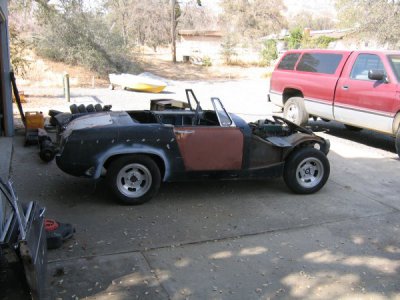- Joined
- Nov 27, 2012
- Messages
- 7,912
Anything I take to the garage gets LOST again !

My workspace is small so I'm pretty good with knowing where everything is. But I "lost" a 5/8 endmill that I never even got to use yet for over 2 yrs. I finally found the damn thing in my other good box of acid brushes, how it got in there I still have no clue. I quoted lost cause I didn't lose it, it was the damn gremlins!




